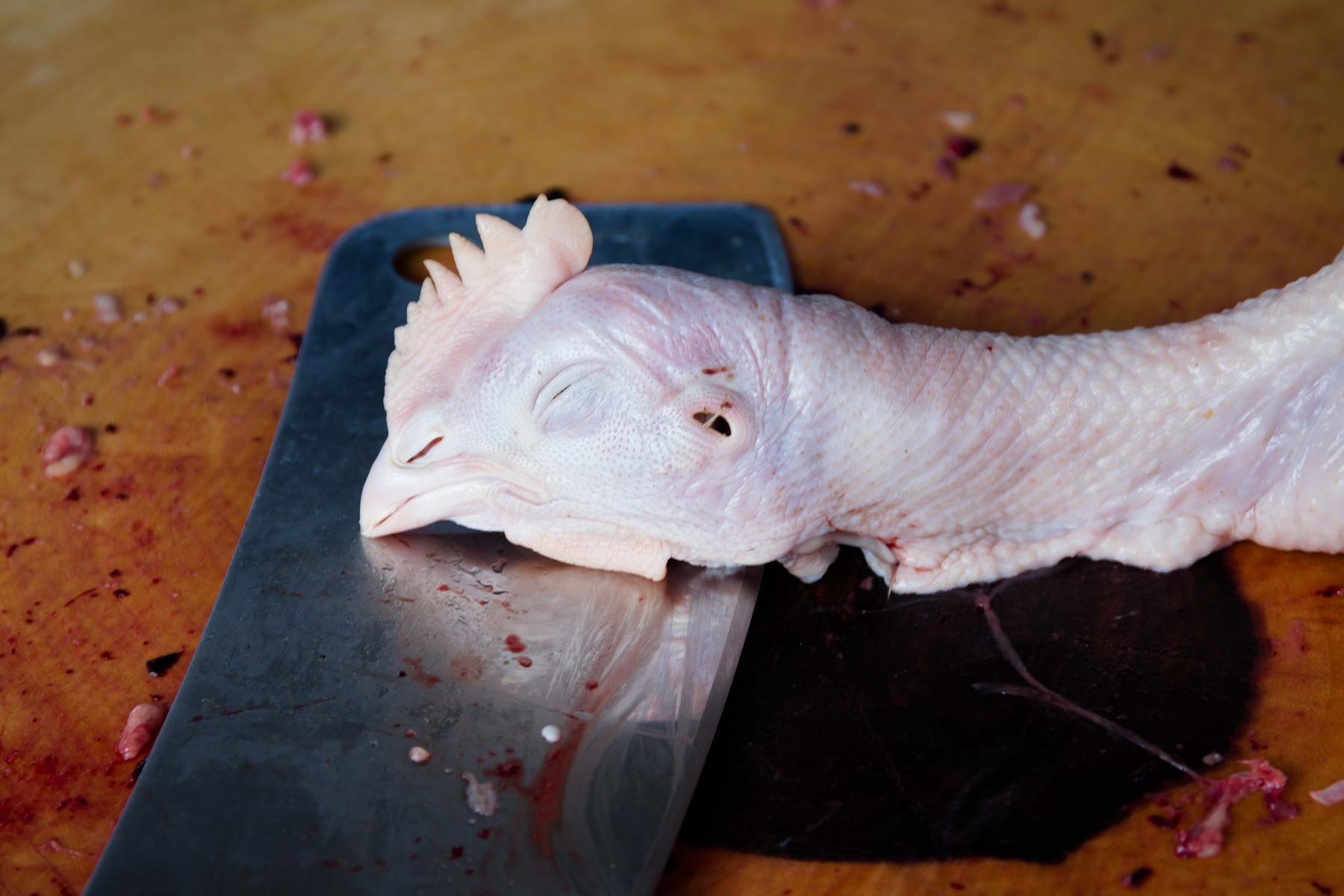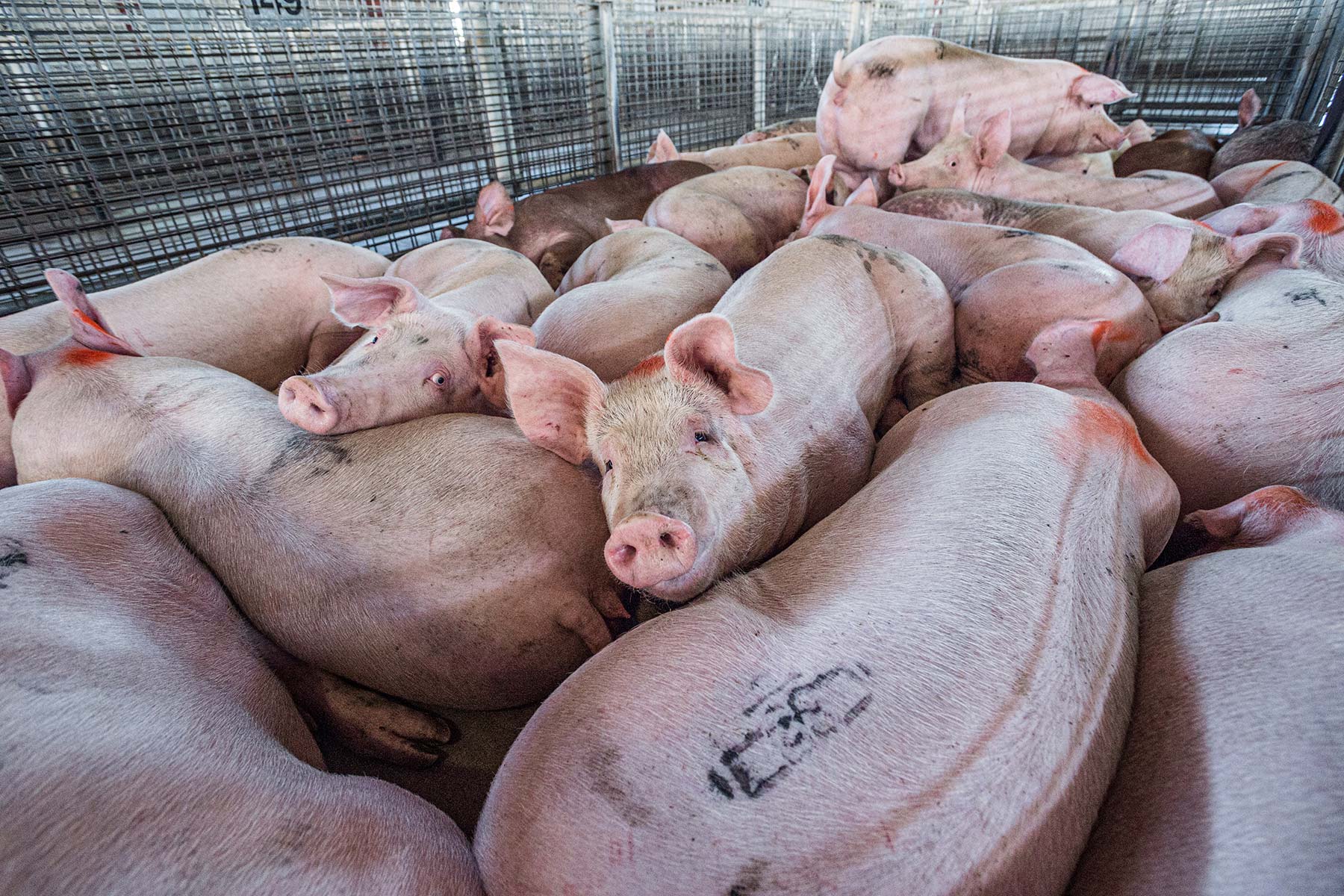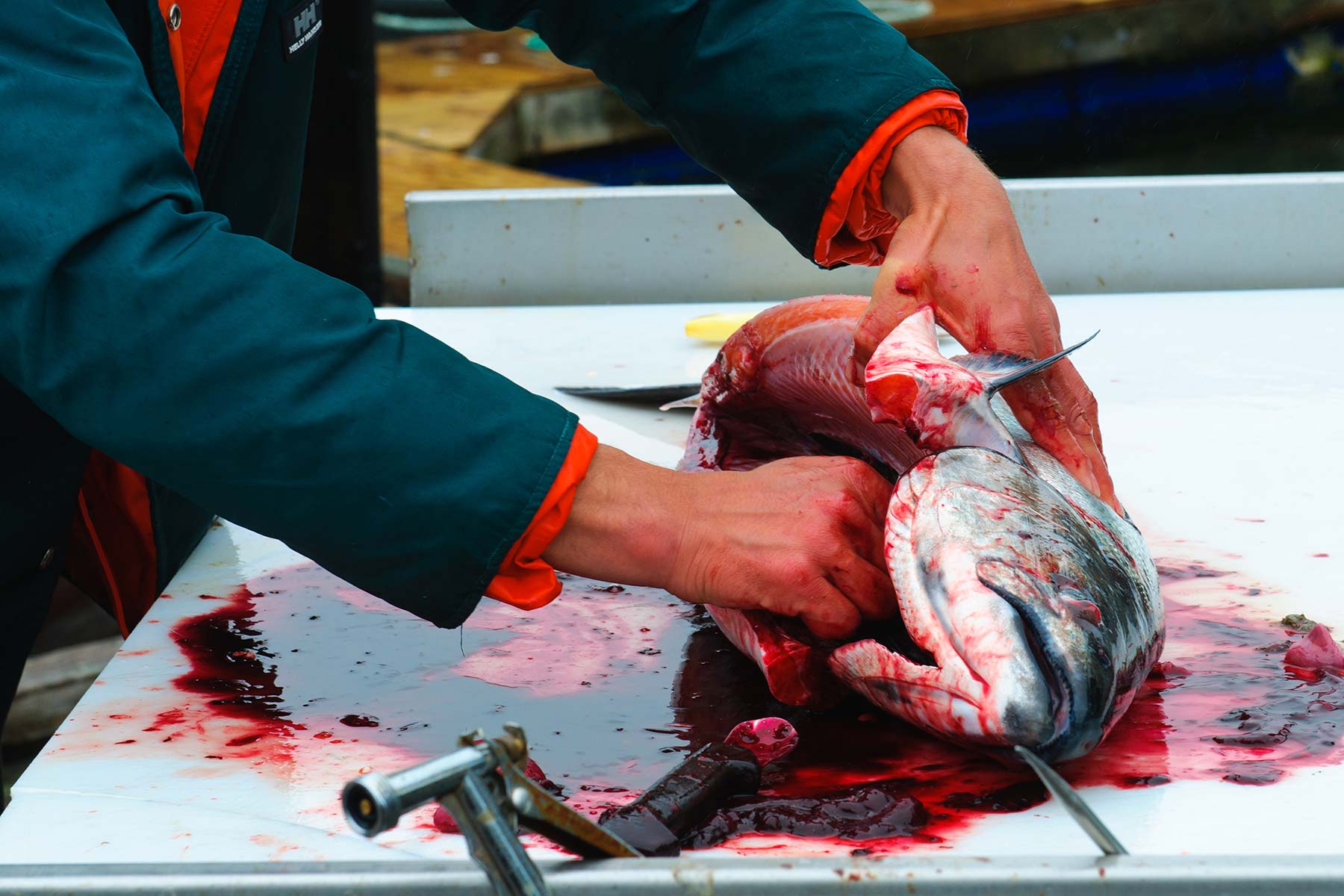What Is Carnism?
Carnism is the invisible belief system, or ideology, that conditions people to eat certain animals.
Carnism is essentially the opposite of veganism. “Carn” means “flesh” or “of the flesh” and “ism” refers to a belief system.
Because carnism is invisible, people rarely realize that eating animals is a choice, rather than a given. In meat-eating cultures around the world, people typically don’t think about why they eat certain animals but not others, or why they eat any animals at all. But when eating animals is not a necessity, which is the case for many people in the world today, then it’s a choice, and choices always stem from beliefs.
As long as we remain unaware of how carnism impacts us, we’ll be unable to make our food choices freely—because without awareness, there is no free choice.

Why Wasn’t Carnism Named Before?
Carnism is a dominant belief system. This means that it’s so widespread that its principles and practices are considered common sense, “the way things are,” rather than a set of widely held opinions. Carnistic bias therefore remains unseen. For example, most people aren’t aware that when they study nutrition, they actually study carnistic nutrition.
Carnism is also a violent system, as it’s organized around intensive and extensive (and unnecessary) violence toward animals. Even the production of so-called humane meat, eggs, and dairy—a tiny percentage of the carnistic products produced in the world today—exploits animals and involves brutality. Most people are opposed to such violence, and so to keep itself intact, carnism uses a set of psychological defense mechanisms designed to prevent people from becoming aware of the violence of the system or of the fact that the system even exists.
Carnism is, essentially, an oppressive system. It shares the same basic structure and relies on the same mentality as other oppressive systems, such as patriarchy and racism.
Carnistic Defenses
Carnism runs counter to core human values, such as compassion and justice. Most people wouldn’t willingly violate these values and support unnecessary violence toward other sentient beings. Therefore, carnism—like other oppressive systems, such as patriarchy and racism—uses a set of psychological defense mechanisms that distort our thoughts and block our natural empathy, so that we act against our values without fully realizing what we’re doing. In other words, carnism conditions us not to think and feel.
Carnistic defenses hide the contradictions between our values and behaviors, so that we unknowingly make exceptions to what we would normally consider unethical.
Denial
The primary defense of carnism is denial: if we deny there’s a problem in the first place, we don’t have to do anything about it. Denial is expressed largely through invisibility, and the main way carnism remains invisible is by remaining unnamed: if we don’t name carnism, we can’t question it.
The victims of carnism are also invisible. These victims include the trillions of farmed animals who remain out of sight and therefore out of public consciousness; the increasingly damaged environment; the exploited and often brutalized meatpackers and slaughterhouse workers; and the human consumers who are at increased risk for some of the most serious diseases in the industrialized world and who have been conditioned to turn off their hearts and minds when it comes to eating animals.
Justification
Another carnistic defense is justification. The main way we learn to justify eating animals is by learning to believe that the myths of meat, eggs, and dairy are the facts of meat, eggs and dairy. These myths are expressed largely through the Three Ns of Justification: eating animals is normal, natural, and necessary. Perhaps not surprisingly, these same arguments have been used to justify other oppressive systems, such as those that give rise to male dominance and heterosexual supremacy.
Cognitive Distortions
Carnism uses a set of defenses that distort our perceptions of meat, eggs, and dairy and the animals we eat so that we can feel comfortable enough to consume them. We learn, for example, to view farmed animals as objects (we refer to the chicken on our plate as something, rather than someone) and as abstractions, lacking any individuality or personality (we assume that a pig is a pig and all pigs are the same), and to create rigid categories in our minds so that we can harbor very different feelings and carry out very different behaviors toward different species (cows are for eating and dogs are our friends).
Carnistic defenses are both powerful and fragile. They have a powerful impact on us when we’re unaware of them, but they lose much of their power when they’re made visible. So when we recognize carnistic defenses, we’re better able to make food choices that reflect what we authentically think and feel, rather than what we’ve been taught to think and feel.

Secondary Carnistic Defenses
Carnism will remain intact as long as it remains stronger than the “countersystem” that challenges it: veganism. Carnistic defenses must therefore serve two purposes: strengthening carnism, by validating it (they make eating animals seem legitimate, the “right thing to do”), and weakening veganism, by invalidating this countersystem (they make not eating animals seem not legitimate, the “wrong thing to do”).
Secondary carnistic defenses are the special defenses that exist to invalidate veganism. They do so by invalidating vegans, vegan ideology (beliefs and practices), and the vegan movement as a whole. Secondary defenses hide or distort the truth about veganism so that we remain unaware of important facts, and we don’t trust the facts we do become aware of. Secondary defenses make us resist the very information that would free us from the carnistic box we don’t even realize we’re in.
For example, in popular culture, vegans are typically portrayed as biased, so that we tend to distrust the information that vegans share (of course, carnistic bias is deeply ingrained in mainstream culture, but this fact is rarely, if ever, recognized). Vegans are also often portrayed as overly emotional (and therefore irrational), moralistic, and radical—all stereotypes that serve to discredit the vegan message. By shooting the messenger, carnism makes it less likely that the message—which directly challenges the validity of carnism—will be heard.

Why Eating Animals Is a Social Justice Issue
Because carnism is invisible, we assume that eating or not eating animals is simply a matter of personal ethics: “You make your choices, and I’ll make mine.” However, when we become aware of carnism, we can appreciate that eating animals is in fact the result of an oppressive system. Consider, for example, how believing that women didn’t deserve the right to vote had less to do with “personal choice” or “personal preference” than it did with the oppressive system of patriarchy, which conditioned people to believe in the inferiority of women.
Although the experience of each set of victims of oppressive systems will always be unique, the systems are structurally similar, and, most importantly, the mentality that enables the oppression is the same. If we hope to create a more compassionate and just society, we must strive to incorporate all forms of oppression into our analysis, including carnism. Melanie Joy refers to systems of oppression as powerarchies and she’s written about the subject in her book Powerarchy: Understanding the Psychology of Oppression for Social Transformation.
